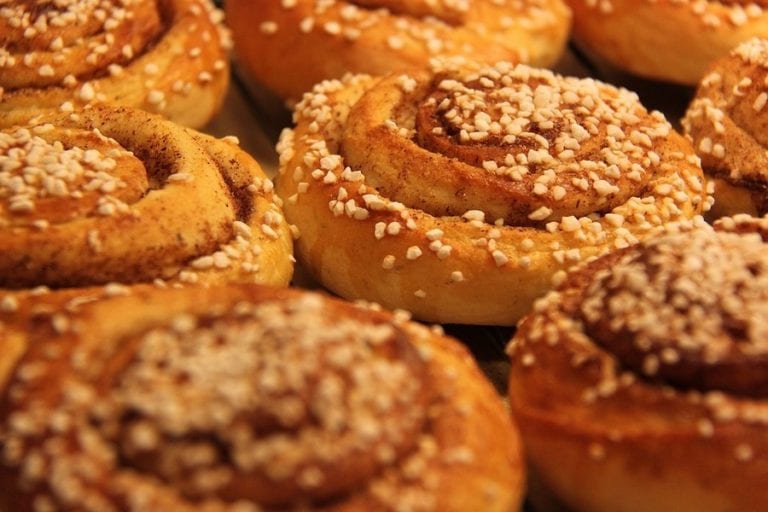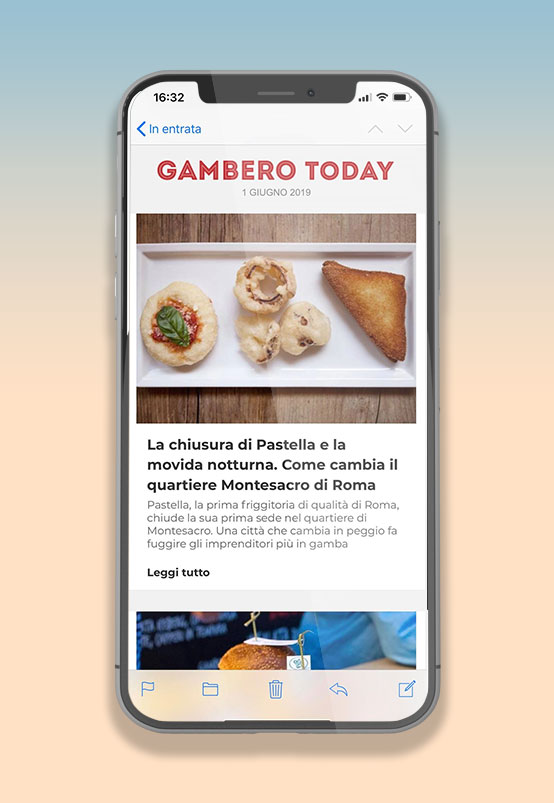Breakfast in Sweden
Prominently featuring seafood such as oysters, scampi, mussels and cod, Sweden has over time built its culinary identity around preserving and picklung foods. The need to preserve food's shelf life in the country's rigid climate has created what today is considered the country's typical cuisine. Local cookery is based on meat, fish and potatoes, but also berries, wild and aromatic herbs, plant buds and lichens. Here, as in other Scandinavian countries, the forest supplies the principal ingredients for the recipes, which nowadays harmoniously incorporate products from all over the world. Thanks to the painstaking work of great chefs, Swedish gastronomy has become known all over the world with its unique flavors, which fully reflect the character of the nation. Starting with the specialties enjoyed in the first morning meal of the day: hearty dishes boasting unmistakable taste.
Smörgåsbord: buttered bread
Let's clarify one thing up front: smörgåsbord is not a product or a dish, but rather a ritual, a complete meal that includes different types of small dishes. The format is buffet-style, featuring hot and cold dishes, both sweet and savory, enjoyed mid-morning. A shared tradition––with obvious variations––with other northern European countries: in Norway it is called koldtbord (or kaldtbord), in Denmark det kolde bord (literally, "cold table"), in Germany it's kaltes buffet, in the Netherlands, koud buffet, it's hlaðborð in Iceland and külmlaud in Estonia. The list of names continues, but the meaning of the original Swedish term indicates a table full of small sandwiches (from smörgås, sandwich and bord, table), which star at the breakfast meal. In turn, the word smörgås consists of smör (butter) and gås, a term that literally translates into "goat", but in this case refers to small flecks of butter that surface on heavy cream during production. In the past, among the Swedish farmers it was common to spread these small amounts of butter on bread, and so, since the sixteenth century, the definition att breda smörgåsar was used to indicate a slice of buttered bread.

The buffet and brännvinsbord ritual
In Scandinavian language, however, smörgåsbord is a buffet that includes various dishes, not just sandwiches. This is an ancient tradition that was recently rediscovered, more precisely in 1939, thanks to the New York World's Fair, during which a table with all the typical products was showcased in the Swedish Pavilion. The origin of this ritual, however, is much older. In the sixteenth century, members of the Swedish upper class took the habit of serving their guests a variety of different appetizers to eat before sitting down at the table, kinds of tapas called brännvinsbord. Typical specialties such as bread, butter, cheese and herring, smoked salmon, sausages, accompanied by liqueurs and spirits, to eat standing just like in a classic buffet, two to five hours before the meal. In the first half of the seventeenth century the tradition of Smörgåsbord begins to acquire greater value: over time, breakfast was no longer served in a separate room, but on the dining room table, thus becoming a proper meal. Today, this habit is reserved for special occasions, but it is still possible to try the ancient ritual in traditional eateries and typical cafés. Among the dishes included are bread, butter, cheese, salami, salmon and eel, vegetable soups and various typical sweets, such as the kanelbulle, cinnamon-flavored swirl pastries. An even richer version of smörgåsbord is the julbord (literally "Christmas table"), a rich Christmas breakfast with fish, cooked ham, potatoes, beet salad, meatballs, pork chops, cabbage, bread dipped in ham broth and rice pudding.
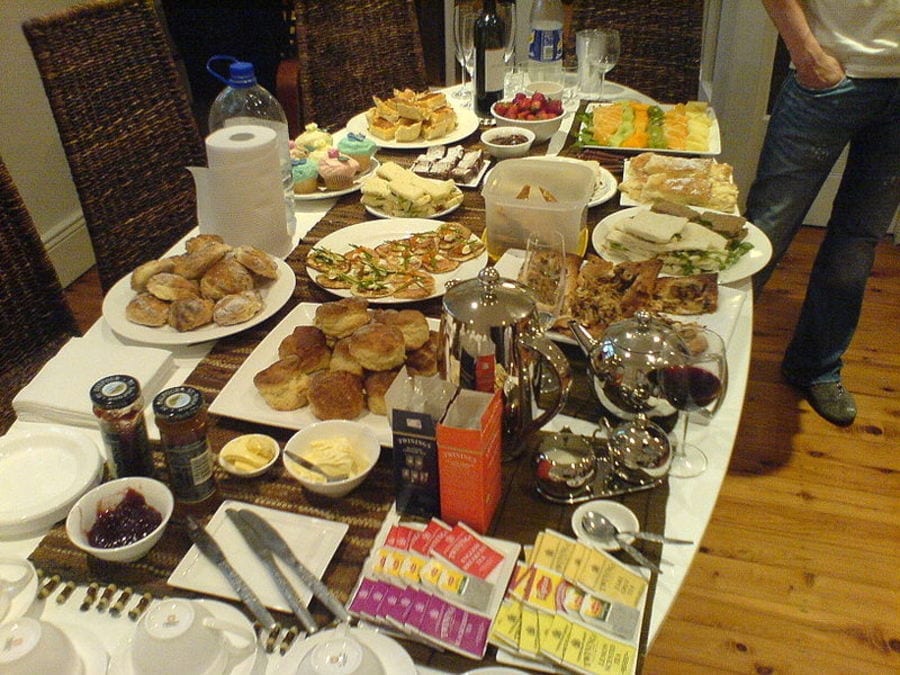
Kanelbulle, the success of the cinnamon brioche
In Sweden, the buffet table is almost all played on the intense and assertive flavors of dairy products and smoked fish, yet not overlooking the sweet side. In regard to pastries, Sweden can boast one of the most popular inventions worldwide, a successful pastry that has become one of the strong points of many artisanal coffee shops and big international chains (Starbucks and Costa Coffee, just to name a couple). The pastry has been replicated in various ways: with or without icing, round or squared, of varying thickness, but always fragrant. We're talking about the kanelbulle, the famous sugar and cinnamon swirl typical of most Northern European countries and throughout the United States, where it's known as the cinnamon roll.
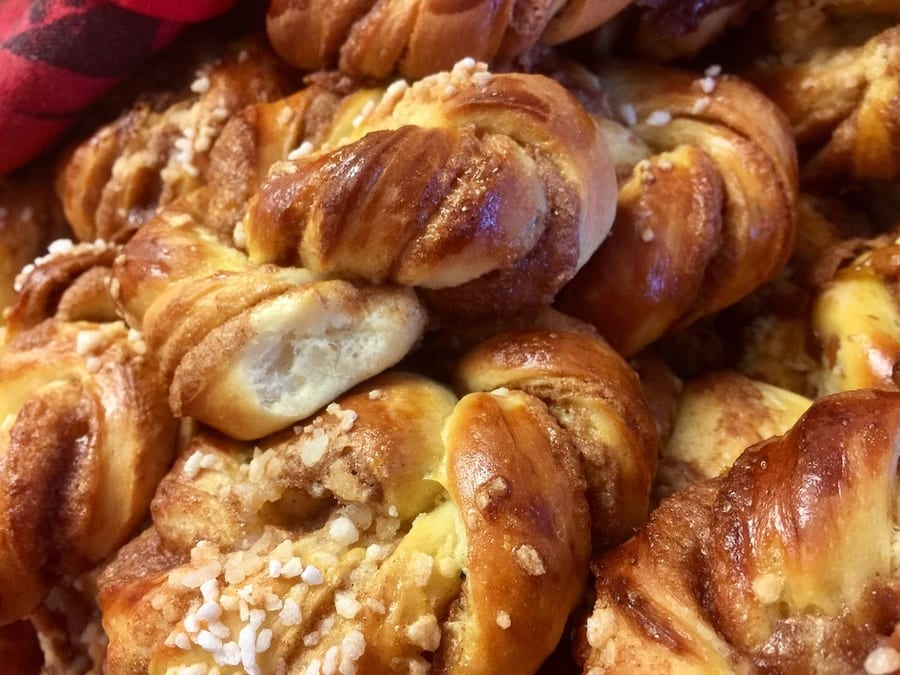
Origins of Kanelbulle: from the Twenties to present day
The recipe dates back to the 1920s, and is also often referred to as fika, which identifies the traditional Swedish coffee break with dessert. WWI had brought several restrictions on the import of food products, including sugar, eggs and butter: so, as soon as the ingredients returned on store shelves, confectioners, bakers and housewives celebrated the end of the war through cooking, dedicating more and more to sweet recipes, which had until then been neglected. There are few details regarding the precise origin of the cinnamon swirl, but it likely began to spread in home kitchens around the end of the 1920s, when the economic recovery of the country made it possible for Swedes to buy more delicious and expensive goods like spices, including cinnamon. The fame of the kanelbulle over time became such that since 1999 a national day has been dedicated to it, "Kanelbullens dag", celebrated annually on October 4th.
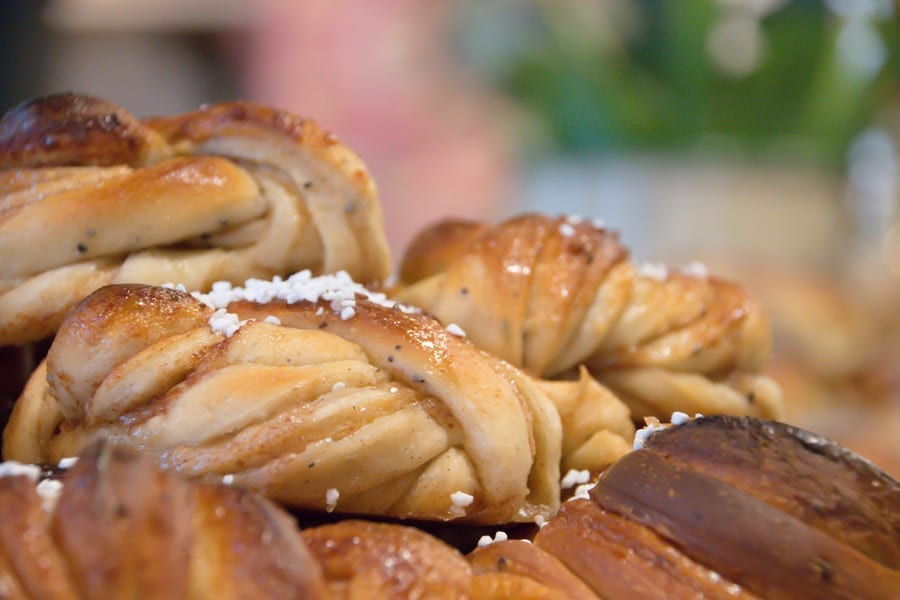
Knäckebröd, Viking bread
Whether it's a full buffet or a quick breakfast, in Sweden bread is always part of the morning meal. Local ovens bake many different types, many of which are made with dark and wholemeal flours, containing a mix of seeds and cereals, but the most popular bread Swedes like to start their day (often consumed as a snack) is knäckebröd. This crispy bread that's similar to a cracker is a product of remote origins, that was already present in 500 AD, and relying heavily on rye flour. Legend has it that this was the main meal of the Vikings during their battles, perfect to be preserved for a long time and good nourishment for the warriors during their travels. Bread is also very common in Finland, it began to spread in the Scandinavian households around the 19th century, during which time it was usually prepared only twice a year: after harvest and in spring time. The industrial production began in 1850, thanks to the historic brand AU Bergmans enka, which packed the product - until then exclusively homemade in classic round and flattened discs - in a smaller and practical version, eaten as an accompaniment or a snack. Nowadays, it is usually topped with herring, smoked salmon, or simply coated with a thin layer of butter.
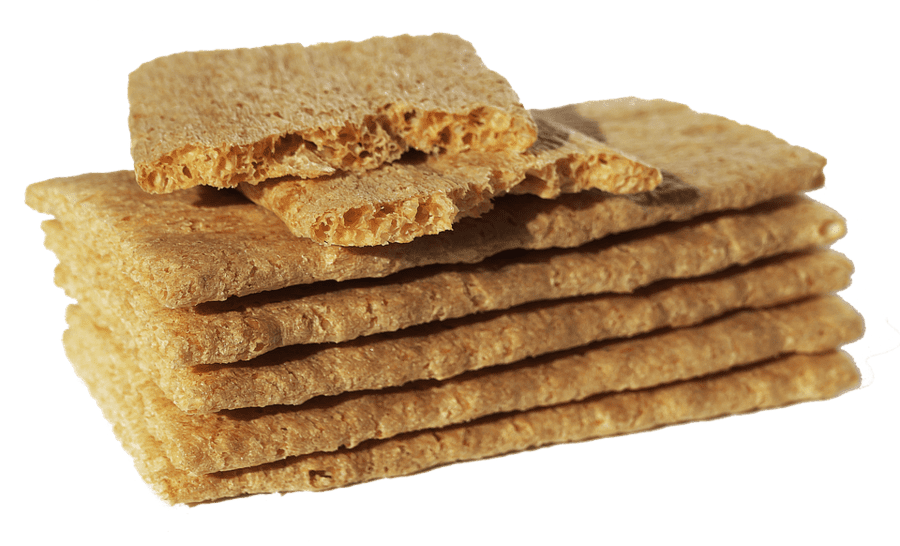
Filmjölk, Swedish yogurt
Somewhere between yogurt, buttermilk and heavy cream, filmjölk is on the list of products derived from milk and its fermentation. Also known as fil, this dairy product is widely used in all Nordic countries, particularly in Sweden, where it originated a long time ago, according to many historians during the Viking era. It is not easy, however, to trace accurate info regarding the birth of this specialty, but certainly it is an ancient preparation.
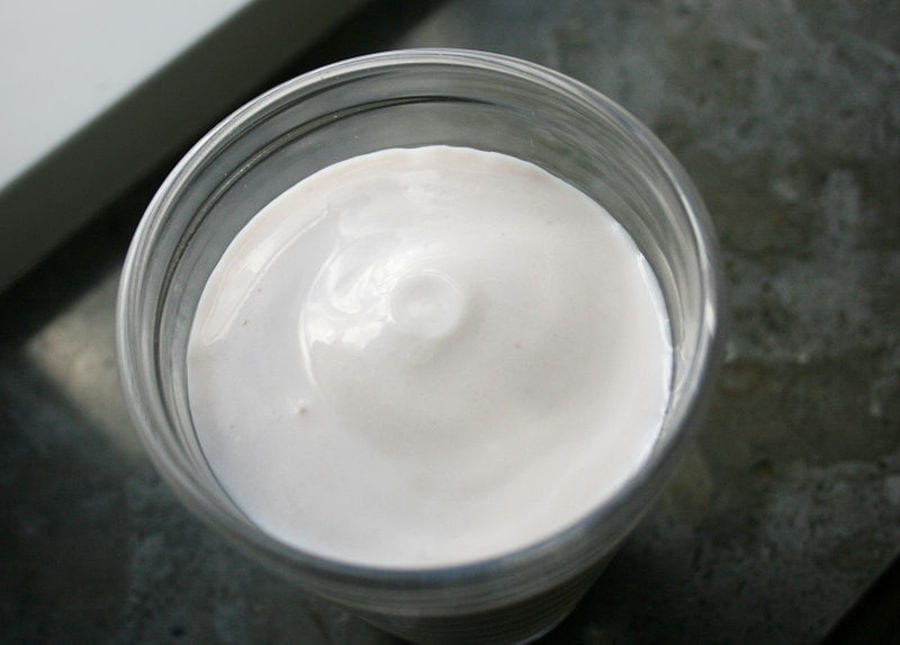
The product is derived from the fermentation of cow's milk, thanks to a variety of bacteria of the Lactococcus lactis specied and Leuconostoc mesenteroides, which metabolize lactose and natural sugar of milk and transform it into lactic acid. The result of the whole process is a creamy and dense product, with a taste similar to that of butter, but more delicate and acidic. To savor it at its best, Swedes pair it with cereal, muesli or powdered knäckebröd, but it can also be flavored with sugar, jams, apple sauce, cinnamon, ginger and fresh fruit.
Recipe: kanelbulle
Ingredients
25 g. yeast
250 ml. Whole milk
2 tbsp. vegetable oil
1 tbsp. sugar
1 tps salt
3 tbsp. cinnamon
400 g. “00” flour
75 g. butter
75 g. brown sugar
Melt the yeast in lukewarm milk, add oil, sugar and 1 tbsp cinnamon, mixing well. Sift in the flour to obtain a compact and smooth dough. Place the slightly greased dough in a large mixing bowl covered with a kitchen towel, for approximately an hour. In a smaller mixing bowl, mix the rest of the cinnamon with the brown sugar and the room temperature butter. When the dough is ready, roll it out in a rectangle 40x50 cm, slather with the butter cream and cinnamon using a spatula. Roll the dough and slice it 10-12 sections. Place theese on a greased sheet pan, cover them and let them rise for an additional 30 minutes. Preheat the oven at 220° C and bake for 12/15 minutes. Cool and glaze with sugar icing.
by Michela Becchi
translated by Eleonora Baldwin
